Just weeks after buying our first home, I was on the lookout for a canine running buddy. TH is heavily involved in animal rescue, and we were looking for a dog that others may look over. Oakley was a high energy, older, deaf dog who was not good with other dogs or children. Bingo. He’s one of my best friends, now. Running with your dog can benefit you and your dog. Here are some tips for running with your dog to make it less of a pain (because sometimes it is!).
Benefits of running with your dog
- It provides an energy outlet for your dog
- You become accountable to your dog (they’ll let you know!)
- It gives your dog a job
- You may feel safer with company
- Provides company and entertainment, breaking up the run with poop breaks and rolls in the grass
- You don’t look weird chasing squirrels
My dog can’t run
Just like people, you’d be surprised with training and conditioning, which dogs are runners. Catra Corbett is an ultrarunner (who used running to overcome her meth addiction) and her 9 lb miniature dachshund runs and races long distances, including a 50 KM race recently. Catra rescued Truman who was too scared to walk around the block, and they now run distances into the wilderness that I can’t fathom.
Typically, it’s recommended that dogs be at least a year old before regular running to protect their growing joints. For any dog starting a running regimen, I’d recommend a vet consultation and starting slow. Belle, my dachshund, succeeded using the Couch to 5K program, doing intervals of running and walking. Oakley did well gradually increasing mileage and frequency.
The right stuff
Having the correct equipment can mean the difference between an enjoyable run and a frustrating adventure in dog poop and leash tangles.
Note: My post contains Amazon affiliate links. If you click one of the links and purchase something, I will gain a small commission. It will not cost you anything extra, but it will help support the blog and Oakley and my running habit. Thanks!
1. Dog bags
Oakley has a pretty set routine, but I always bring 1 extra dog bag than needed. All runners have emergencies, including dogs. I don’t bring the fancy dog-bone shaped dispenser. I roll the bags individually with the top accessible, then shove them into my fuel belt for easy dispensing. Bags with words printed on them let you easily know which end is the top. Eco-friendly is another plus.
2. Leash
You want your dog close to your side creating a compact unit running through the park. I keep Oakley on a four-foot leash with a traffic loop near the collar. Leashes that tie to your waist give you full motion of your arms so your running form is not altered.
As a runner and dog owner, I can’t recommend a retractable leash. They break. They act like trip lines across the pathway. Oakley’s previous owner used a 25 foot retractable with little success, but Oakley took to running by my side like we were old chums. Dogs can be happy on short leashes.
3. Collar
I originally bough Oakley a padded collar, but he couldn’t feel any nuances in my pull. With his deafness, we had some awful runs together. I bought him a training collar that allowed me to communicate with light pinches. I ended up buying the same collar for Belle, who had pulled on a leash until she coughed and choked for 10 years. She also has a very low threshold for pain, and I knew would not let me use the collar if it actually hurt her. It does not. She is now a near-dream to walk on a leash after years of being a PITA.
Remember that harnesses are meant for pulling heavy things, so oftentimes putting a harness on a dog signals to them that you want them to pull. Not all dogs need a training collar or different collar for runs/walks, but if you’re dog is a continuous pain and it’s effecting your frequency of walks, try out some different collars. I know it has made all the difference in the world in making walking my dogs an actual enjoyable experience.
Tips for Running with Your Dog
1. Start slow
Consider intervals or working your way to longer distances. Dog couch to 5K? Oakley was out of shape when we got him. We had to work slowly to increase our mileage.
2. Watch for signs of pain or distress
Be vigilant for signs that your dog is tiring, injured, or being effected by the weather. Dogs love to run and love to please their owners, so will often hide signs and won’t communicate any pain. You have to be the responsible one and know when to call it quits. There are times when I’ve had to take Oakley home early. Just like all runners who have to prematurely call a run short, he was upset and looked ashamed. I told him he was a good boy and that he did good. And we walked home together.
3. Have water available
If it’s hot, have water available or run where water is available. Know where the doggy water fountains are. Choose cooler ground like grass over asphalt. I run on the sidewalk with Oakley just off to the side, so he runs on soft grass which is better for temperature and his titanium-enforced leg.
4. Find the sweet spot for mileage and frequency
Just like humans and running, there is diminishing returns on health benefits and miles. I find Oakley benefits more from running more frequently for less miles, than the other way around. He can recover faster from shorter runs, and being out there 5 days a week means he behaves better in the house.
5. Need to run longer than your dog?
If you need to run longer, consider taking your dog for part of your run and then dropping her off at the house with plenty of water. Or enlisting a partner to walk the dog for the rest of your outing. Or come home early and do some cool-down miles with your pooch.
6. Auto-Pause is your dog’s best friend
If you use a running app to track your miles and pace, you’ll start to feel antsy during the third poop break. An autopause feature on Nike App or other running apps makes potty breaks seem less frustrating. It will pause your run when you stop moving, and will restart when it senses motion again. That way you don’t have to juggle your watch or phone, the dog, and a poop bag at the same time.
7. Look how happy your dog is
If you ever get frustrated by your dog’s pace or lack of seriousness, just look at your dog. He is so happy to be out there. He doesn’t know you’re training. Learn to love the run like your dogs loves the run.
8. Teach her rules
Teach your dog your rules of the road. Some owners like their dogs to sit when they approach an intersection. A right flick of the leash tells Oakley to jump off the pathway to make room for others. You can bring a handful of treats to train with at first.
Running with your pup can open your run up to a lot more laughter and joy. TH and I both have full-time jobs, so being able to take Oakley out to run gives us time together he’d otherwise spend alone. On days when I don’t particularly want to run, Oakley’s enthusiastic grin melts my heart and I do it for him.
Because, dogs need a regular outlet for energy. Even at 10 years old, Oakley becomes a bigger pain in the butt at the house when he hasn’t had his run.
I am much the same.
Further reading:
- Run Away from Zombies’s Dog Backpack Equals Dog Job
- Summer Tomato’s 5 Lessons About Exercise You Can Learn from Your Dog
- News.com.au’s Catra Corbett: How 50-year-old junkie replaced meth addiction with ultra-running

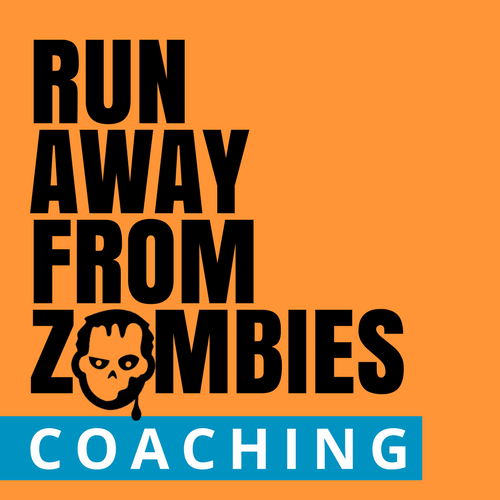
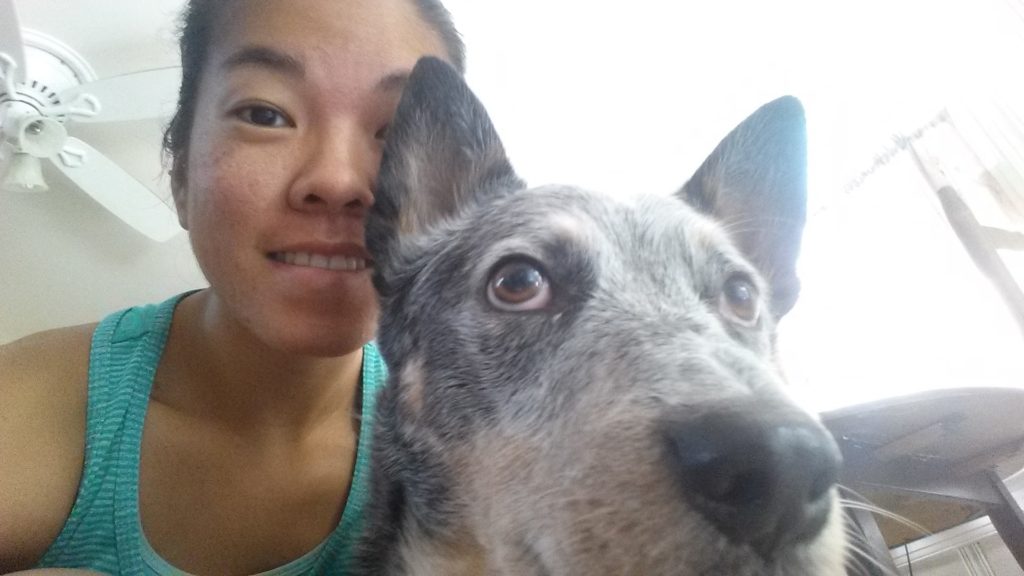
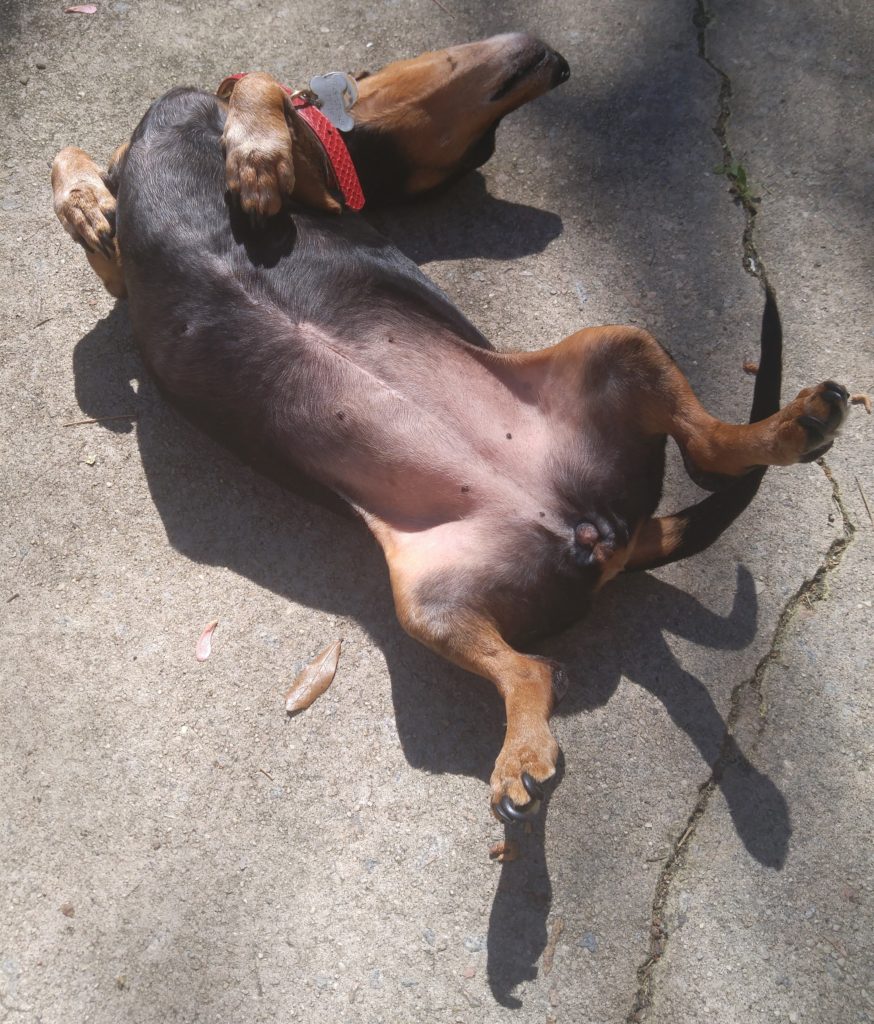
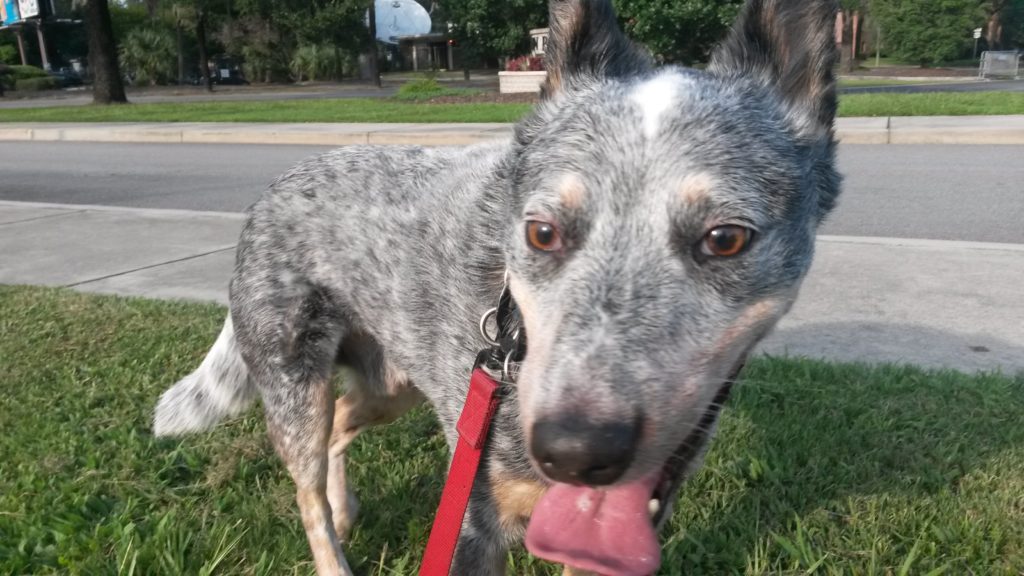



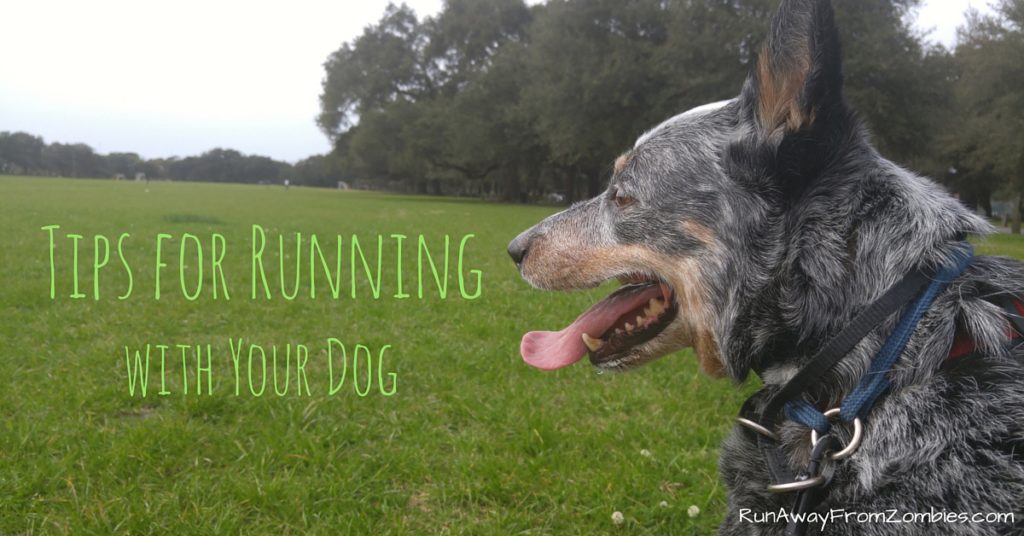
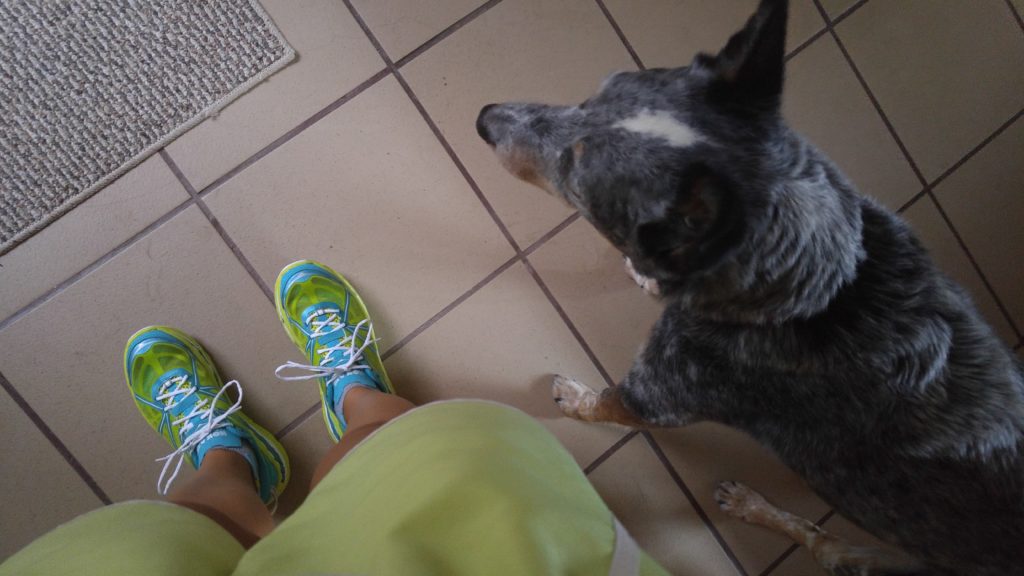
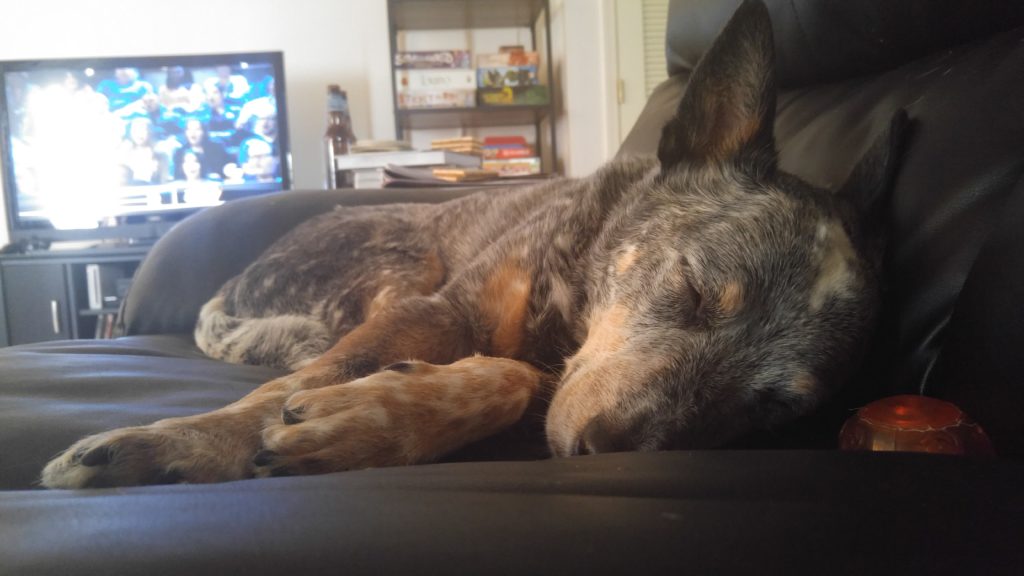


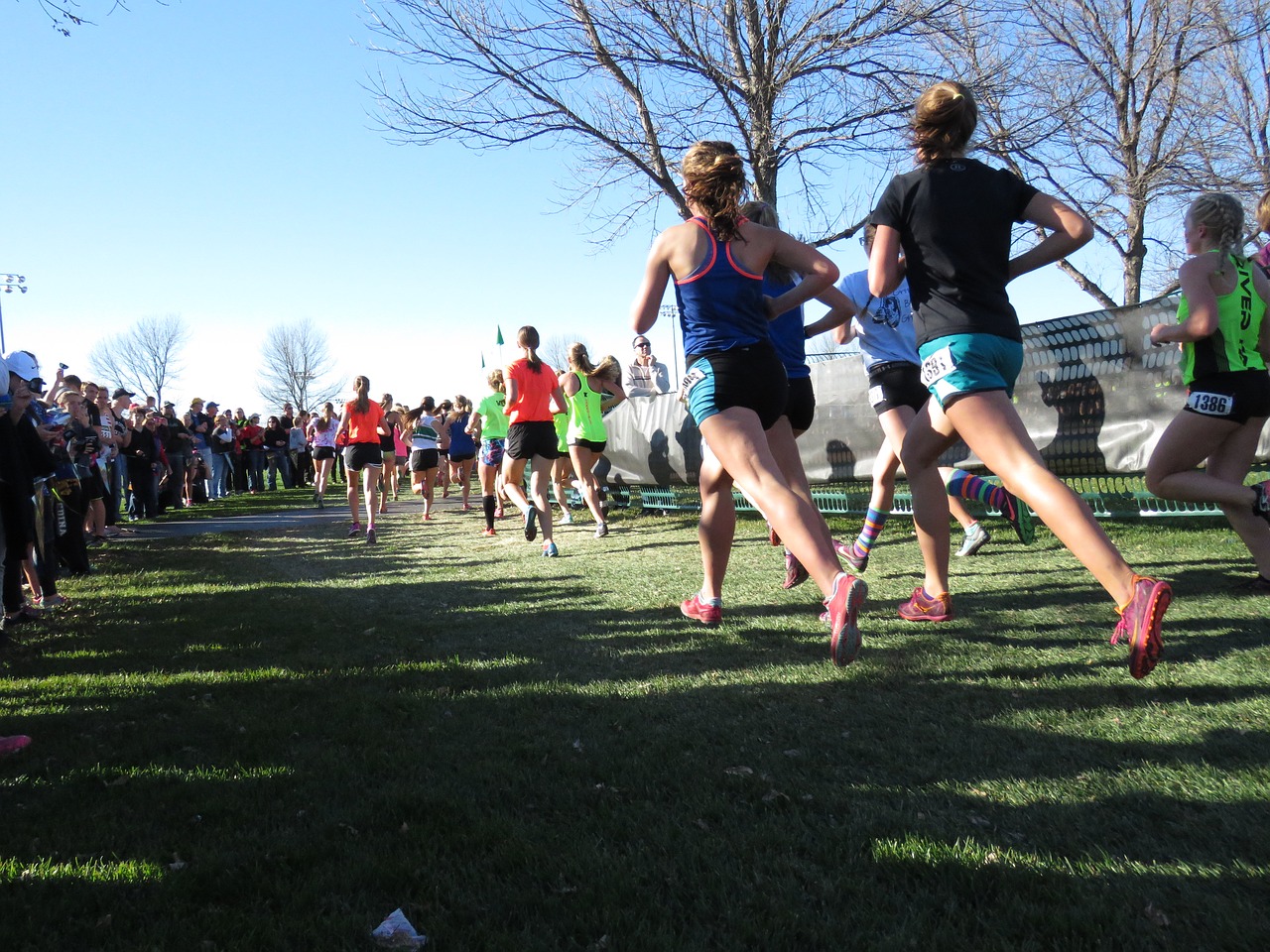
Leave A Comment